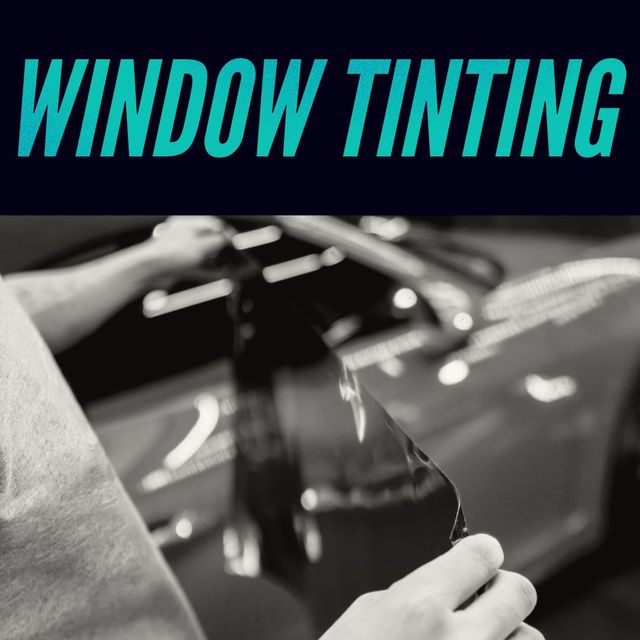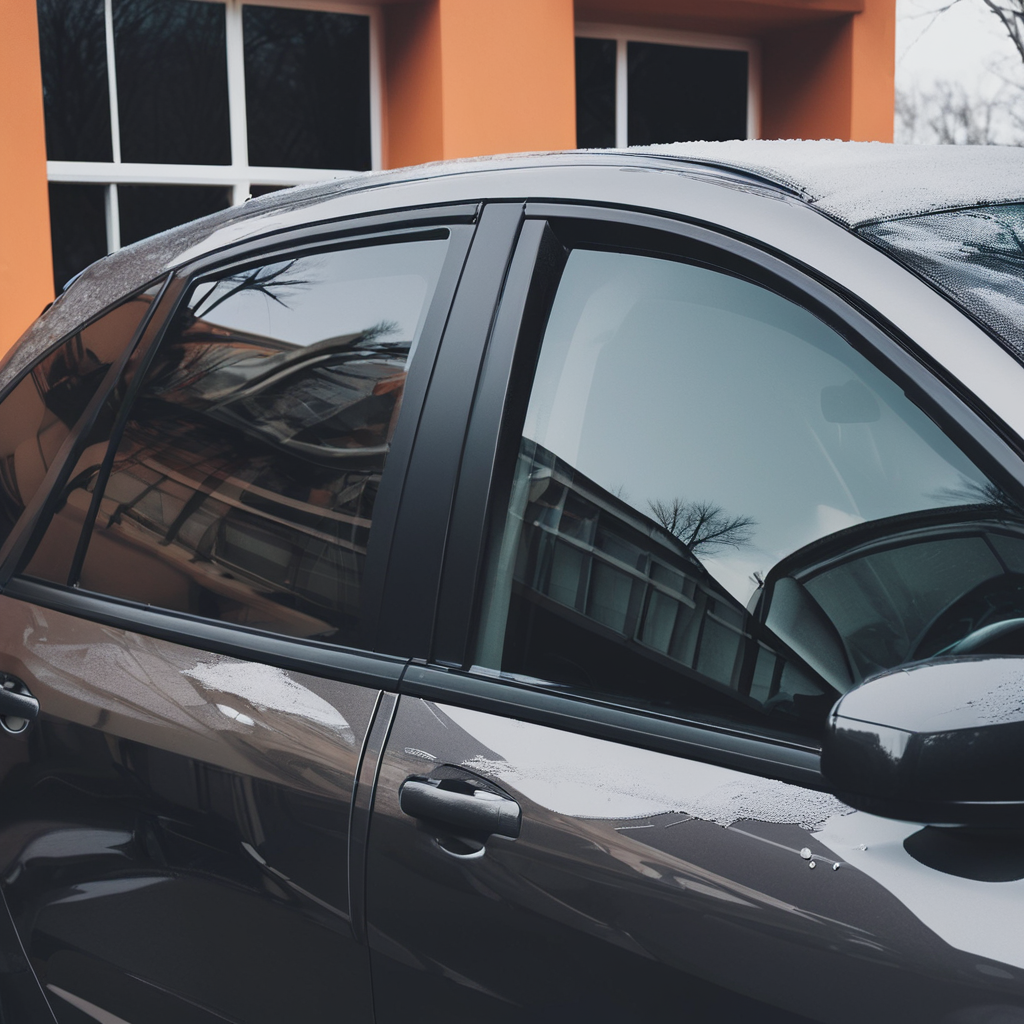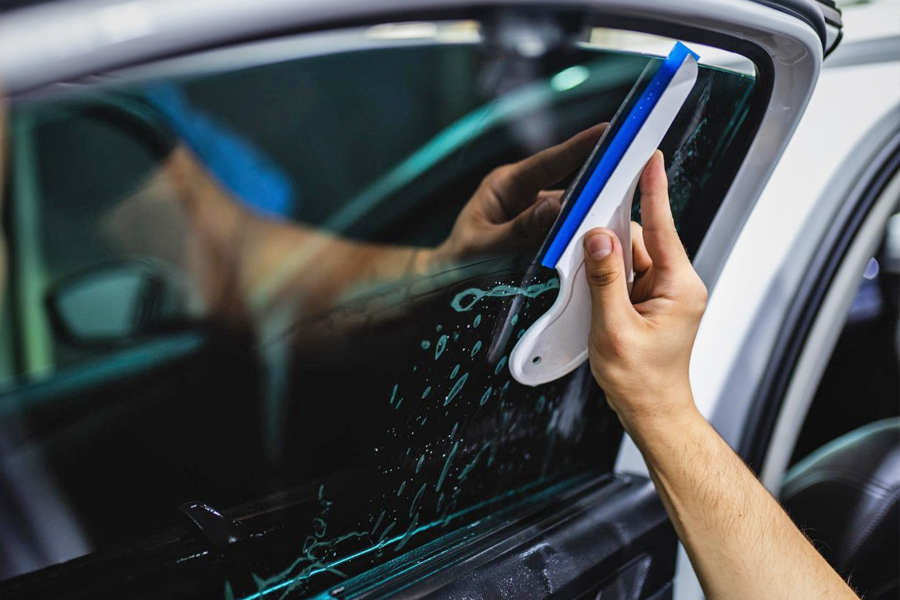Why Automobile Window Tinting is a Must-Have for Modern Cars
Wiki Article
Home Window Tinting Regulations and Guidelines: What You Need to Know Before Tinting Your Cars And Truck
Prior to proceeding with home window tinting for your vehicle, it is important to familiarize yourself with the varied laws and standards that regulate this technique across various states. These regulations dictate the permissible degrees of tint darkness, usually measured by noticeable light transmission (VLT) percentages, and include certain stipulations for front windshields focused on guaranteeing roadway safety and security. Additionally, specific territories may offer clinical exemptions for people with qualifying conditions. Understanding these complexities can conserve you from potential lawful ramifications, but what are the particular policies in your state?Review of Window Tinting Laws
Home window tinting legislations are often subject to variation throughout various territories, mirroring neighborhood laws and security factors to consider. These laws dictate the permitted degrees of color darkness and reflectiveness on vehicle home windows, making certain that chauffeurs maintain appropriate visibility while also protecting against harmful UV rays and warm.Most policies identify window tinting based on the Visible Light Transmission (VLT) percent, which indicates the quantity of light that can pass via the home window. Generally, lower VLT percentages signify darker tints. Legislations usually differentiate between the front, side, and rear home windows, with more stringent restrictions related to the front windscreen to boost safety for both the chauffeur and other roadway customers.
In addition, some territories enforce restrictions on the reflectivity of the color, avoiding excessive glow that might impair visibility. Exceptions to these legislations might exist for people with particular medical problems calling for added sun defense. Compliance with home window tinting regulations is important, as infractions can cause fines, required elimination of the tint, and prospective boosts in insurance premiums. It is essential for car owners to familiarize themselves with neighborhood legislations prior to continuing with home window tinting installations.
State-by-State Tint Regulations
Recognizing the particular window tinting guidelines in each state is vital for car proprietors seeking to comply with the regulation. Each state in the U.S. has established its own set of regulations governing home window tinting, which can vary significantly. These laws frequently determine the allowable degrees of tint darkness, the kinds of home windows that can be tinted, and any type of clinical exemptions that might use.For circumstances, states like California have stringent restrictions on tint darkness for front windows, while others, such as New Mexico, may permit darker colors. Furthermore, particular states mandate particular presence percents for numerous windows, consisting of the windshield, front side windows, and back home windows. It is important for automobile owners to familiarize themselves with their state's laws to stay clear of possible penalties or penalties.
Moreover, some states might require an accreditation sticker to be positioned on colored windows, showing compliance with state laws. Failure to stick to these laws not only takes the chance of legal repercussions yet can also affect safety and exposure while driving. Car proprietors should carry out extensive research or seek advice from local authorities to ensure full understanding and compliance with state-by-state color regulations.
Allowed Color Types and levels
Many car owners may be stunned to discover that allowed tint levels and types vary widely across various states. Each state has actually developed its very own policies regarding the allowable darkness and reflectivity of home window tint, typically gauged by Visible Light Transmission (VLT) percents. VLT refers to the amount of light that can pass through the tinted home windows; thus, a reduced percentage shows a darker color.
Moreover, the kinds of tint products allowed can differ, with some states forbiding metal or mirror-like coatings. It is necessary for car owners to familiarize themselves with their state's specific regulations to make certain conformity. Non-compliance can result in penalties, mandatory removal of the tint, or other lawful consequences, making it crucial to recognize these policies prior to waging installment.
Medical Exceptions for Tinting
While not all states give allocations for medical exemptions regarding window tinting, those that do identify the need for specific individuals to enhance presence and comfort due to clinical conditions. Numerous medical conditions, such as lupus, skin cancer, and particular eye conditions, can make people especially conscious sunshine. go to this website As a result, these people may require darker tints to secure themselves from hazardous UV rays and glare.
It is necessary to note that despite a clinical exception, there may still be limitations on the degree of color enabled. Conformity with state regulations makes certain that individuals are both protected and within legal limits. Those taking into consideration medical exceptions must contact their regional Division of Electric motor Automobiles or equal authority to comprehend the treatments and demands required to make an application for an exemption successfully.
Fines for Non-Compliance
Stopping working to adhere to home window tinting regulations can result in substantial fines, which differ by state. find out here now Police are empowered to release citations for cars that do not comply with the defined tinting laws. These penalties generally consist of fines, which can range from small total up to a number of hundred dollars, depending upon the extent of the violation and the state in concern.In some territories, duplicated offenses might result in escalating fines or additional charges, such as obligatory court looks. Moreover, non-compliance might necessitate the removal of unlawful tinting, commonly at the owner's expense. In extreme situations, habitual culprits might deal with suspension of their car registration till conformity is attained.
In addition, insurance coverage effects may arise from obtaining several citations for home window tint violations. Insurance companies may see such violations as a sign of riskier behavior, possibly bring about raised premiums or problem in coverage.
To avoid these fines, it is important for vehicle owners to acquaint themselves with their neighborhood home window tinting regulations and make certain that their lorry complies (Window Tinting). This proactive method not just prevents legal ramifications however likewise promotes roadway safety
Final Thought

The majority of regulations categorize window tinting based on the Visible Light Transmission (VLT) percent, which suggests the amount of light that can pass with the home window. Compliance with window tinting policies is important, as infractions can result in fines, obligatory elimination of the tint, and potential boosts in insurance policy costs.Recognizing the certain home window tinting regulations in each state is important for automobile owners looking for to comply with the regulation. These policies usually dictate the allowable degrees of tint darkness, the types of home windows that can be helpful resources tinted, and any kind of medical exceptions that may apply.
For instance, states like California have rigorous limitations on tint darkness for front home windows, while others, such as New Mexico, may permit darker colors.
Report this wiki page